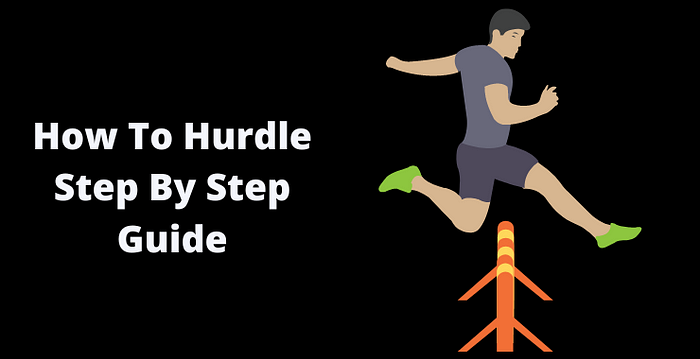How To Hurdle — Step By Step Guide
How To Hurdle — Step By Step Guide
fytnessgames.com

The 60-meter and 80-meter hurdles are usually run in different events: the 60-meter race, which is a sprint, and the 80-meter race, which is a longer one.
The 100-meter hurdles race is also run in separate events; the 110-meter hurdle race, a sprint again, and the 300-meter hurdles event, also known as the mile event.
The 400-meter hurdles. Hurdlers compete at almost any track-and-field meet, from middle school events to national championships. Hurdling is a demanding sport that requires good fitness, flexibility, and upper body strength. It also requires perseverance and determination.
How To Play Hurdle
Step 1.
To avoid injury, it is recommended that you stretch your hamstrings.[1] (Pulling hamstrings can result in serious injury.) Hurdle practice should begin with a few practice hurdles.
Step 2.
You should learn to run with your lead and trail legs in sync before the race starts. The lead leg is the one that goes over a hurdle before your body does.
The lead leg is the leg used most often to catch oneself while falling. People may trip forward or have someone push them to find which leg makes sense for them. Some people also switch back and forth between legs.
Step 3.
The number of steps one takes will depend on how long the course is, as well as on the person’s height, weight, speed, the height of their jump, and even their usual sprinting stride length.
On a 60m course, a competitor might take 4–5 steps before the first hurdle and 6–8 on a 100m course. Depending on the person and their level of fitness, the number of steps between hurdles may vary.
However, one thing to note is that if the hurdles are evenly spaced, you should have the same number of steps in between every hurdle. One should not take three large steps before taking eight small ones.
Instead, maybe take 6 regular stride steps. You might find that when you try to clear the jump by as much distance as possible, you end up clearing the jump by plenty while increasing your speed.
Practice really does make perfect! In addition, leaning forward opens a whole new world of speed and acceleration.
Step 4.
Start the race in a sprint. You want to be going fast when you reach the first hurdle, and you want to be able to execute a proper start to have your favored foot forward.
Step 5.
Do not slow down at the first hurdle. Momentum is what will carry you over it. When you are about 1 to 2 feet away from the hurdle, bring your lead leg up to your butt and then quickly extend it up over it.
Step 6.
After the lead leg has passed over a hurdle, drag the trail leg sideways over the side of the hurdle. The ankle and knee should be at the same distance from the ground.
The straight line along the shin/calf in between these two points must be parallel to the ground and parallel to the hurdle. Continue the race, trying to pick up speed as the end approaches.
The last hurdle may be difficult, but if you push yourself too much, it will be no problem; however, it can hurt in the end. Get More Info…
Best Buyer’s Guide and Reviews
Tabletop Foosball — Buyer’s Guide
Best Trampoline for Your Family — Guide
Floating Pool Loungers — Buyer’s Guide
